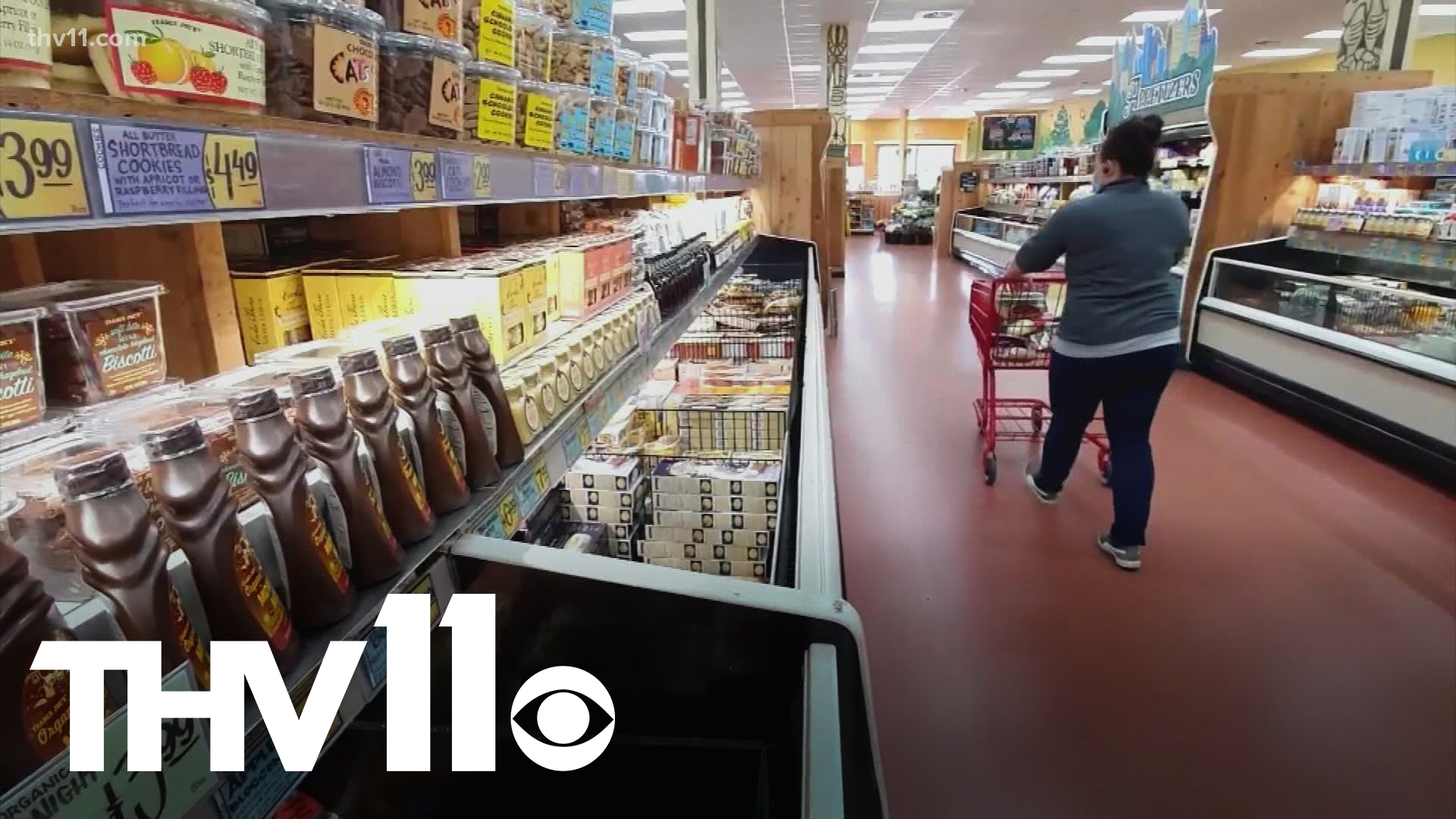LITTLE ROCK, Ark. — A new report from the US Department of Agriculture (USDA) has found that Arkansas's food insecurity rate is among the worst in the country.
The USDA's report defines food insecurity as a household's inability at times "to acquire adequate food for one or more household members because they had insufficient money and other resources for food."
The USDA's annual report illustrated the prevalence of food security in Arkansas was nearly 19%, which is the highest in the nation.
"I think it's time now for us to really do something as a state, as a community," said Angela Shaw, founder and president of Innovative Community Concepts of Arkansas.
Even though her organization, Innovative Community Concepts of Arkansas, aims to help feed disadvantaged communities, Shaw said she wants to see more change.
According to the study, while Arkansas topped the list. it was also one of only seven states in the country where food insecurity was actually higher than the 2023 national average of 12.8%.
“We're the richest country in the world," Shaw said. "We have the most resources, but then there are still people who were hungry here, and it's very disheartening."
When it comes to changing that statistic, Arkansas Food Bank CEO Brian Burton said hunger is a solveable problem.
“We do need more access to federal nutrition programs like SNAP food stamps because that would make a huge difference," Burton said. "We need more generous school breakfast programs."
Kentucky, Louisiana, Mississippi, Oklahoma, South Carolina and Texas were the other six states in which the prevalence of food insecurity surpassed the national average.
The study takes several factors into account when determining the prevalence of food insecurity, including household circumstances and policies enacted on the federal, state, and local levels.
On a state level, Arkansas has continued to push initiatives to combat food insecurity.
In August, Gov. Sarah Huckabee Sanders announced that four groups were receiving grants from the Arkansas Minority Health Commission (AMHC) as part of the organization's Food Desert Elimination Grant Program.
“Every Arkansan deserves to have healthy, affordable food available in their neighborhood,” Gov. Sanders said in August.
Here were the groups that received grants in August as part of AMHC's food desert grant program.
- City of Pine Bluff: Funds will be used to implement a plan to investigate the socioeconomic factors influencing food deserts in the area.
- Innovative Community Concepts (Pulaski County): Funds will be used to implement a series of mobile market "pop-up" shops to assess the operational feasibility and opinions of consumers of a mobile grocery unit. The mobile market pop-ups will be hosted in the four Little Rock council districts (1, 2, 6, and 7) identified as food deserts in the Little Rock Food Desert Task Force report.
- McElroy House (Yell County): Funds will be used to develop a Seed Sharing and Seed Tending program. McElroy House will partner with a local food pantry, Sharing and Caring, to build raised bed gardens and expand existing bilingual gardening models. They will also create and distribute a bilingual "local foods calendar" of events to inform locals about fairs, festivals, and other events with locally-grown produce available.
- UA Division of Agriculture (Jefferson County): Funds will be used to grow and strengthen community gardens located in food deserts in the county. Jefferson County will increase regular working and harvesting at demonstration and community garden sites by master gardeners and interested community members.

